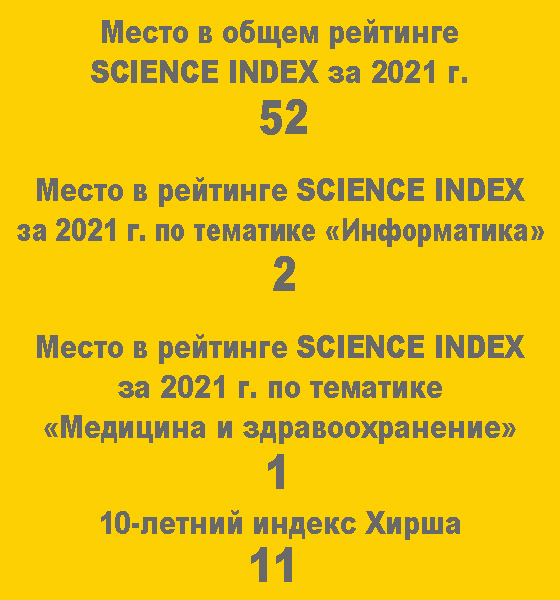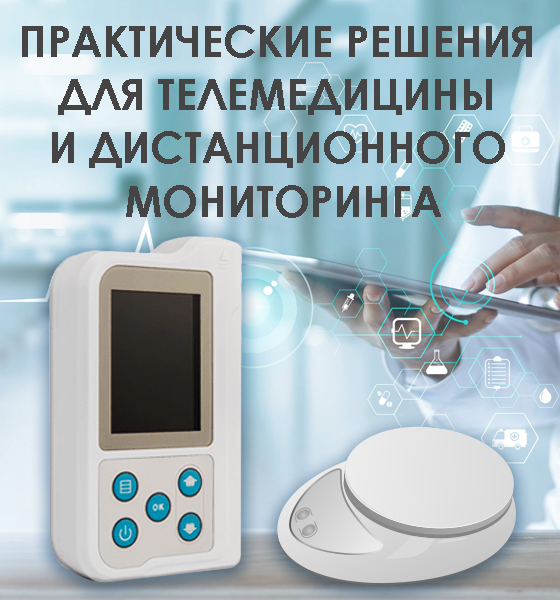Development of a personalized 3D tooth model DOI: 10.29188/2712-9217-2025-11-1-28-30
- Akishina E.S. – Student, Medical Institute, Penza State University, Faculty of General Medicine, Penza, Russia
- Gerashchenko S.M. – Doctor of Engineering, Professor, Department of Medical Cybernetics and Informatics, Deputy Director, Penza State University, Penza, Russia
- Zyulkina L.A. – Doctor of Medical Sciences, Associate Professor, Head of the Dentistry Department, Penza State University, Penza, Russia
- Izotova A.S. – Student, Medical Institute, Penza State University, Fac- ulty of General Medicine, Penza, Russia
 87
87 The article addresses the issue of insufficient anatomical accuracy in existing models used for simulation-based training in dentistry. The authors propose a solution through the development of personalized 3D tooth models based on real tomographic data. The work details the model creation process: from segmenting CBCT data in 3D-Slicer software to 3D printing using a photopolymer printer. It is emphasized that using such anatomically accurate models allows students to effectively practice the manual skills required for endodontic treatment, including the management of complex root canal systems. This approach is expected to minimize the risk of common complications, such as canal wall perforation or instrument separation, thereby enhancing the quality of future clinical care.
| Attachment | Size |
|---|---|
| Download | 219.94 KB |

















































